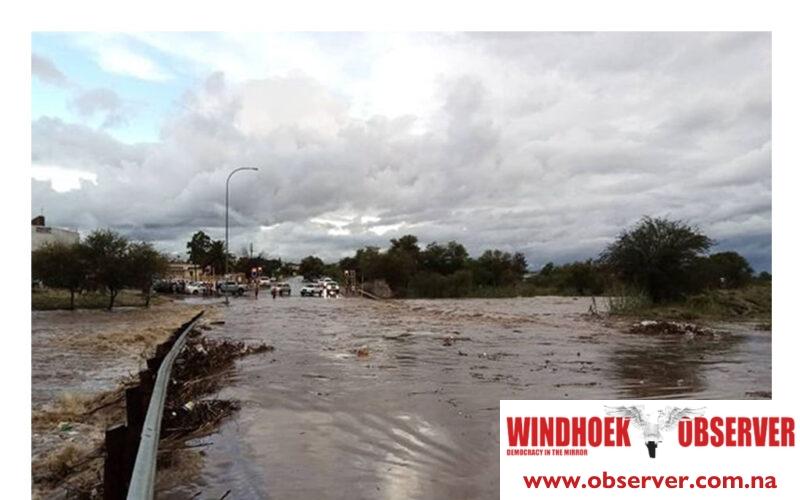Niël Terblanché
The N$17.5 million allocated to the Ministry of Agriculture for the construction of earth dams and the restoration of existing water retention infrastructure in the Ohangwena and Oshana regions will likely only be utilised in the next financial year, 2024/2025.
This was revealed by the National Council Standing Committee on Agriculture, Environment and Natural Resources in its regional visits report released earlier this week.
The committee’s visit to the Oshana, Omusati, Ohangwena, and Oshikoto regions highlights the annual challenges these areas face due to flooding.
Floodwaters in these regions disrupt daily life, keeping children out of school for up to four months and destroying crops, which exacerbates food insecurity.
The Omusati Region, one of the worst-hit regions, reported that at one time, floods affected 166 000 people.
During a visit to the Oshikoto Region, the committee found that although the region experienced minimal flooding last year, the water flow from neighbouring Ohangwena and Oshana regions has remained stagnant for extended periods.
According to the committee, this stasis impacts service delivery and highlights the need for effective drainage systems across the floodplains.
Heavy rains in the Cuvelai catchment area in January 2023 caused flooding in the Oshana Region.
Community members reported that floodwaters destroyed their fields, resulting in insufficient harvests and increased reliance on inadequate drought relief food from the Regional Council. Additionally, damaged fences allowed wild animals from Etosha National Park to encroach on community land, posing risks to livestock and people.
In the Omusati Region, recurrent natural disasters, including droughts, floods, wildfires, and disease outbreaks, have plagued residents.
The committee found that small-scale floods are an annual occurrence, but the unprecedented floods of 2008 and 2009, which affected over 166 000 people, caused extensive damage to infrastructure.
Recent reports indicate that areas such as Outapi, Anamulenge, Okalongo, Etayi, Ogongo, Oshikuku, Elim, and Otamanzi remain high-risk zones.
The Omusati Regional Council informed the committee that a planned earth dam project had stalled because funds were redirected to address the COVID-19 pandemic.
The committee found that in the Ohangwena Region, prolonged flood effects have severely impacted over 1 300 families, with 14 households and 116 people relocated to higher grounds.
In early 2023, the western parts of Ohangwena experienced severe floods that affected 18 000 people, leaving them without a harvest and in dire need of food and grazing land.
Despite identifying a promising water aquifer, financial constraints have prevented the drilling of sufficiently deep boreholes, leaving current shallow boreholes unsustainable in the long term.
The committee found that the delay in procurement processes has highlighted the urgent need for streamlined regulations to ensure timely project implementation, safeguarding the livelihoods and well-being of the affected populations.




